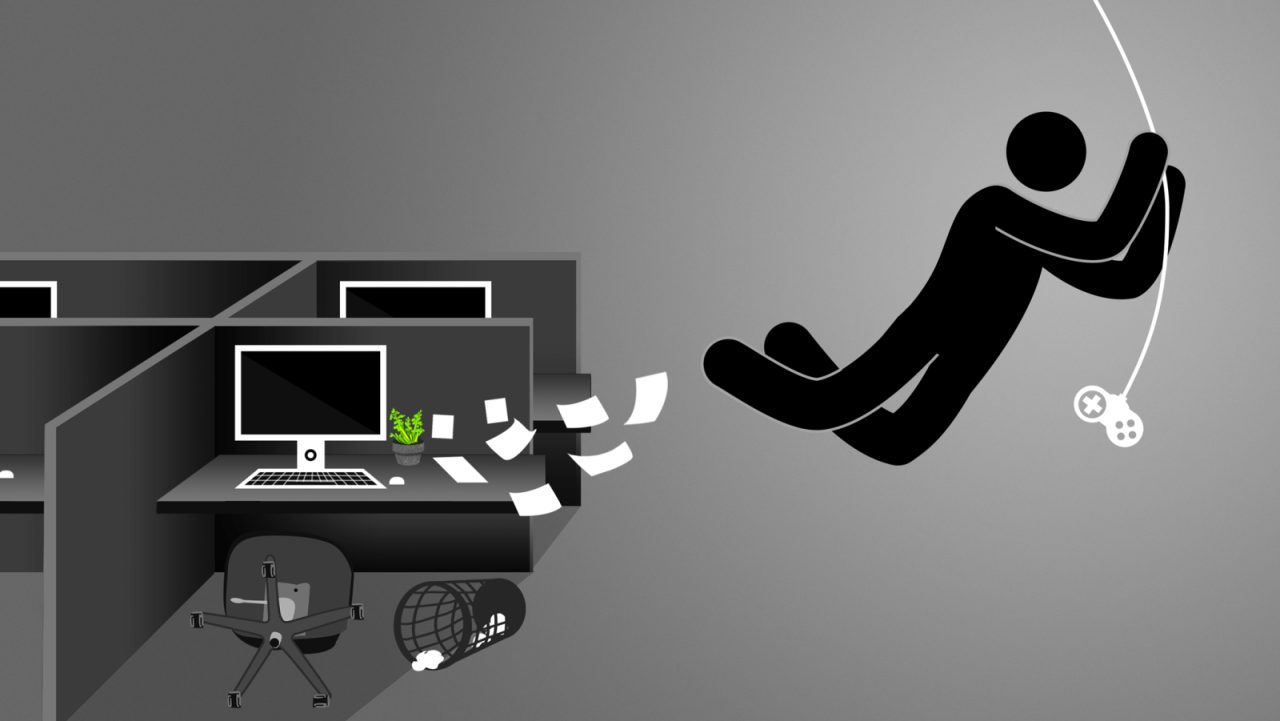For all that’s f’ed up about the employer-employee relationship in the world — and there’s a bunch — we don’t have much research on how to quit your job. As in, how exactly do people quit jobs? You’d assume much of it is by the book. You talk with HR or your direct manager. Some paperwork is filled out. Maybe there’s a goodbye lunch. Your last day is a Friday. By the next Wednesday, everyone is racing from meeting to conference call to stand-up and 87% of the former organization has completely forgotten you exist or what you ever did. This is real stuff in the working world and yet, somehow we all convince ourselves we’re totally essential work martyrs. Human beings are weird people.
So. How to quit your job? There’s some new contextual research on it and it seems worthy of a little blog post.
How to quit your job: The visual
This is from research from a professor at Oklahoma and one at Oregon State. They found seven different ‘resignation styles’ for employees, i.e. how to quit your job deals. Here we go:
I think everyone knows how to read a chart and this one is pretty detailed, so I won’t belabor the how here.
How to quit your job: Quick analysis
Here’s the interesting part to me. “By the book” is still the most common. That’s good. But for employees, “perfunctory” — which is a through-the-motions version of by the book — is the second-highest. For managers, “avoidant” is the second-highest.
[Tweet “What are the seven types of job-quitting in the modern working world?”]
That seems like some standard managerial bullshit. In those “avoidant” cases, chances are the employee wasn’t being avoidant. Having a final conversation with your wanker boss — who’s probably the reason you quit anyway — is not a comfortable 30 minutes of your life. You probably seem avoidant, yes. Meanwhile, this chest-pounding middle manager is thinking to himself, “Now I gotta deal with HR for three weeks to fill this seat.” He’s livid. So you could walk in with roses and two Ukranian prostitutes and the manager would still say, “Bob is being avoidant.”
That’s how I’d personally crunch that data. It’s more psychology than “true life.” But I may be wrong.
The other interesting thing is that “bridge-burning” is actually more reported than impulsive, in-the-loop, or grateful. That’s terrifying, but it probably shouldn’t surprise any of us. People love to toss emotional grenades and verbal Molotov cocktails, especially as they exit a place that grated their soul like Blue Apron cheese.
How to quit your job: Why does this matter?
In some ways, it doesn’t. You quit. You’re gone. People forget you and race into a new headcount process.
In another way, it matters a lot. Human Resources “owns” the hiring process at most places. HR is often a joke — how do we still call it “human?” — and as a result, the hiring process is a joke. We all secretly (or not-so-secretly) know this.
One of the worst things about a hiring process is that typically it’s completely devoid of context. It’s just box-checking. “You have these 11 skills? Good.” (pause) “Let me call a few old managers and claim I did my due diligence.” It’s hardly a way to get the best people, but we persist with it. Change is hard — and People Analytics is a long way off.
On top of all this, we still have a pretty large job-hopping stigma out there.
You add all this up, and how to quit your job matters a lot. In the process of HR box-checking and process-adhering, people will be contacted. If you were a great employee 18 months ago but were “avoidant” for 30 uncomfortable minutes, that might hurt you down the line. It shouldn’t, but people and situations are fickle — and especially about work.
How to quit your job: How should you do it?
I’ve quit a few jobs and there’s no way to make it go well. I got fired from my last job, and believe me — it’s hard to make that go well. (The easiest answer is craft beer.) So I’m not sure I can give any sterling advice on how to quit your job, but if I had to begin …
- Talk to your boss before your co-workers
- Explain clearly and directly what this is about (they will come up with their own reason anyway)
- Propose an action plan for your remaining time
- Offer to help with the beginnings of a search for a new person
That’s the “proactive” how to quit your job model. In reality, here’s what will happen:
- Everyone knows you’ve had 1.5 feet out the door for 14 months
- Your boss will be checking e-mail the whole time you tell him/her
- There will be some nodding around this “action plan” but as soon as you send it over, it’ll be deleted
- “Help with the search? Naw, that’s a HR thing…”
The personal dynamics of a how to quit your job meeting are insanely interesting. It breaks down like this:
- Employee goals: Get in, get out, reduce awkwardness
- Boss goals: I knew this was coming, how can I toss myself on the cross and use this departure to bolster my stock at this hellhole?
Welcome to white collar work in 2016. Most jobs are pointless, bureaucracy is exploding, and yet the psychology keeps popping up like a zit on Prom Night.
How to quit your job: What you got?
Any good how to quit your job stories? I’d relate the story of getting canned, but that’s a different topic and probably not very suitable for publication. If you have strategies or approaches on how to quit your job (“napalm the whole place”), I’d love to hear ’em. If not, well, keep on passing through.
How to quit your job stories in 3, 2, 1…

